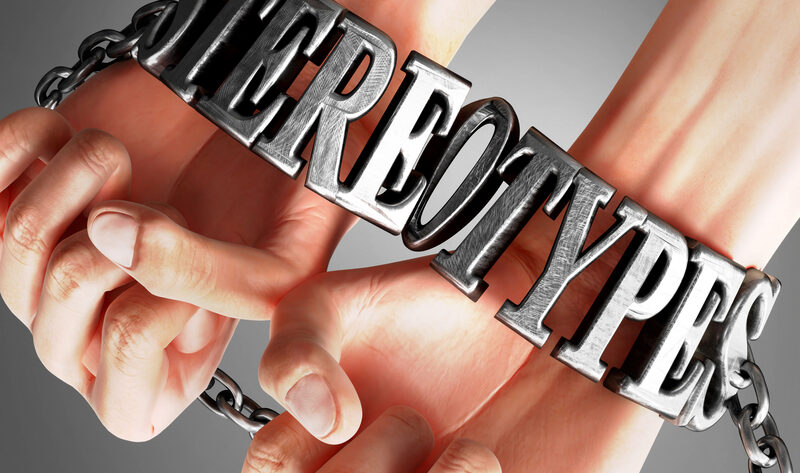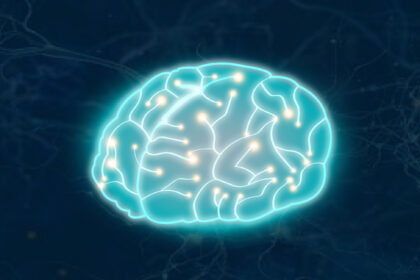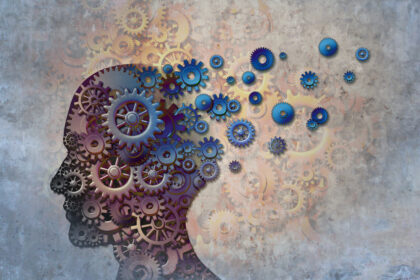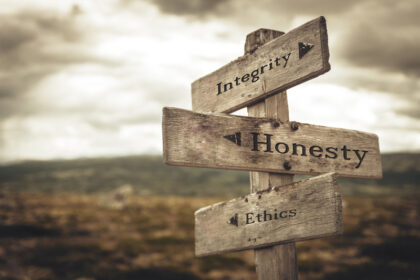Analyzing the Constructs behind Bias and Interpersonal Prejudice
Stereotyping can be described as a cognitive aspect of bias which is most often applied towards demographic-based traits such as gender, race, or age (Fiske & Taylor, 2021). It can be present in either blatant or subtly blatant forms (2021) and it can be present consciously or subconsciously (Cuellar, 2017). There are also in-group and out-group forms of bias (Hewstone et al., 2022). Additionally, there is a perception of bias and event known as illusory correlation which becomes an intricate part of how people observe and respond to behavior and social occurrences (Hamilton & Gifford, 2005). It is reasonable to state that the combination of these phenomena could explain most of the interactions, justifications, anomalies, and actions surrounding interpersonal interactions and behaviors.
Blatant stereotyping and prejudice generally begins with an internal conflict of some type (Fiske & Taylor, 2021). This conflict could be caused from within a group over objects such as tangible resources. The conflict must be perceived by at least one group member, and there is almost always a concept of segmentation within a group. A good example of this might be individuals within a school district recognizing their children belong to a particular school. In this interaction, parents may feel forced to “fight” for more of a school district’s budget, so that their child’s school receives more of the funding. The funding in this example could be thought of as a tangible resource. There is also something to be said about self-esteem in relation to blatant prejudice. While it is true that discrimination will elevate short-term self-esteem, it has also been proven that it does nothing for long-term self-esteem. Several theories exist, such as optimal distinctiveness, which further describe balances between bias, autonomy, and belonging (2021). Optimal distinctiveness can be expanded to represent up to three levels of self-representation including the individual, relational, and the collective (Brewer & Roccas, 2001).
Subtle forms of prejudice and stereotyping can be loosely outlined as ambiguous in the sense that individuals will always interpret presented information to fit their own expectations, usually hiding these expectations from other people as well as themselves (Fiske & Taylor, 2021). It is worth mentioning that subtle bias is closely related to how a group is perceived; and in most cases, a group is either liked but disrespected, or respected but disliked. Subtle stereotyping can be defined as automatic, ambiguous, and ambivalent. It is reasonable to state that bias can be a combination of these definitions. For example, it is possible for bias to be both automatic and ambivalent. Like blatant bias, subtle bias usually emerges from internal conflict, only between impulses to stereotype and personal perspectives against it (2021). Still, subtle bias, whether conscious or subconscious may be easily observed even in an individual who fails to observe their own bias themselves (Fiske, 2002).
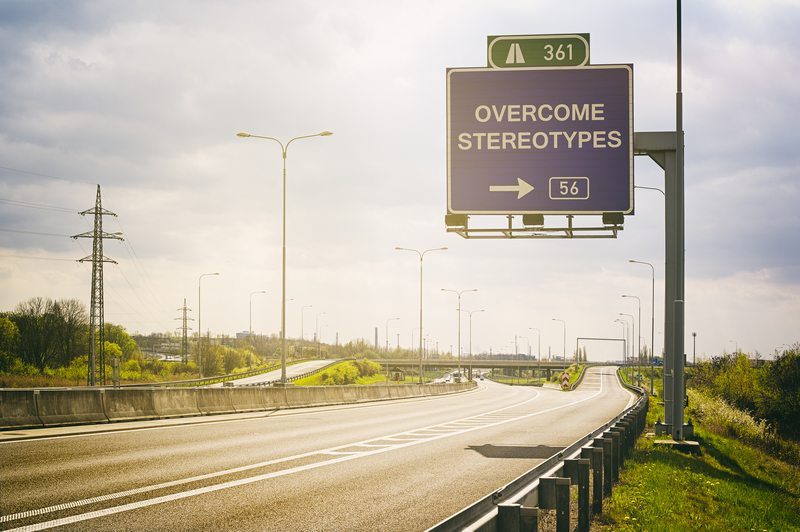
Much can be outlined regarding how in-group bias favor comes at the expense of out-groups. This metric can be measured and conceptualized in terms of in-group favoritism versus out-group derogation, or between explicit and implicit forms of bias (Hewstone et al., 2002). There are many modern theories surrounding bias which discuss its foundations of motivation. These theories outline important elements of bias including social identity, optimal distinctiveness, uncertainty reduction, social dominance, and terror management. Additionally, many moderators of bias can worsen the condition of stereotyping including identification, group size, status, power, threat, positive-negative asymmetry, personality, and individual differences. It is also possible to establish links between intergroup bias and social hostility, as well as reduce bias and stereotyping (2002). It is also worth mentioning that there are many erroneous inferences perceived by individuals regarding two categories of events (Hamilton & Gifford, 2005). In other words, it is possible for various components of a group to possess varying perceptions based solely on the cognitive processing of information about stimulus events that differ in frequencies of occurrence (2005).
In conclusion, there are many forms of bias and there are many ways that bias behavior evolves within interpersonal relationships and interactions. There is a clear difference between blatant and subtly blatant bias decision-making, as well as a clear existence of both in-group and out-group bias activity. It is also true that bias behavior can be a conscious behavior as well as an unconscious behavior. These hallmark perspectives behind bias and stereotyping have engrained their reality into the way people react and behave throughout social interactions. Utilizing these classifications and breakdowns of bias can help researchers and psychologists better understand group behavior, as well as the perceptions of the individual.
References
Brewer, M., & Roccas, S. (2001). Individual values, social identity, and optimal distinctiveness, In C. Sedikides & M. B. Brewer (Eds.), Individual self, relational self, collective self, 219–237. Psychology Press.
Cuellar, N., (2017). Unconscious bias: What is yours?, Journal of Transcultural Nursing, 28(4), 333. DOI: https://doi.org/10.1177/1043659617713566
Fiske, S., (2002). What We Know Now About Bias and Intergroup Conflict, the Problem of the Century, Current Directions in Psychological Science, 11(4), 123–128. DOI: https://doi.org/10.1111/1467-8721.00183
Fiske, S., & Taylor, S. E. (2021). Social cognition: From brains to culture (4th.). Thousand Oaks, CA: Sage Publications, Inc. ISBN: 9781529702088.
Hamilton, D., & Gifford, R., (2005). Social Cognition : Key Readings. Taylor & Francis Routledge.
Hewstone, M., Rubin, M., & Willis, H. (2002). Intergroup bias, Annual Review of Psychology, 53, 575–604. DOI: https://doi.org/10.1146/annurev.psych.53.100901.135109
